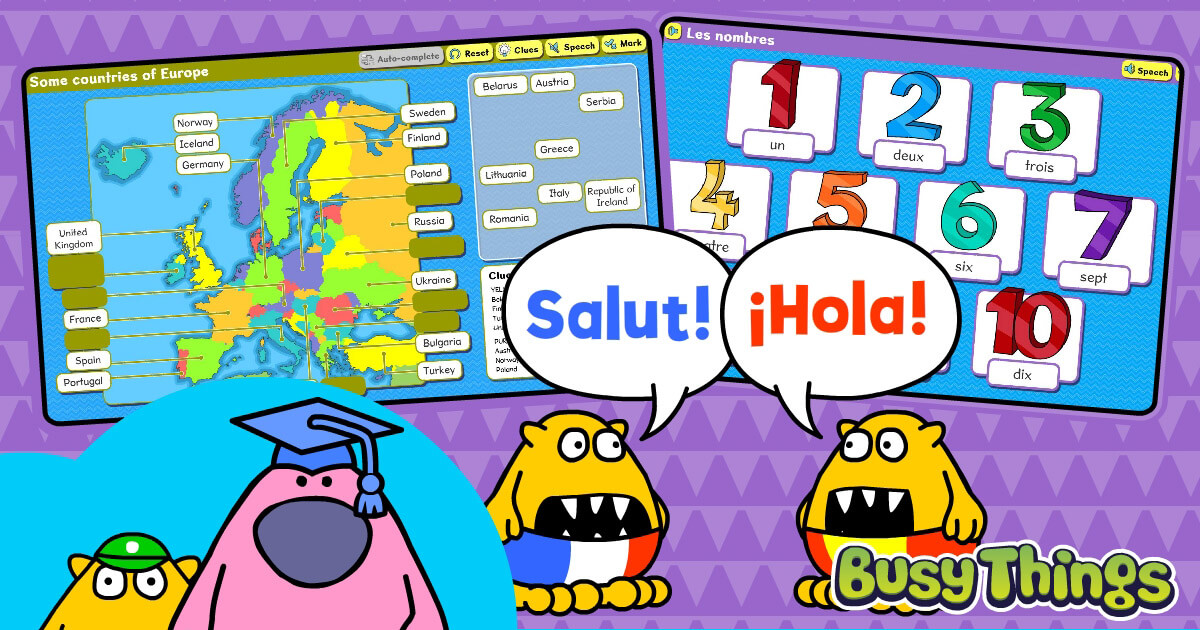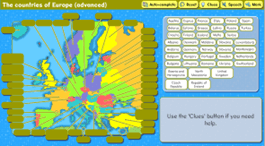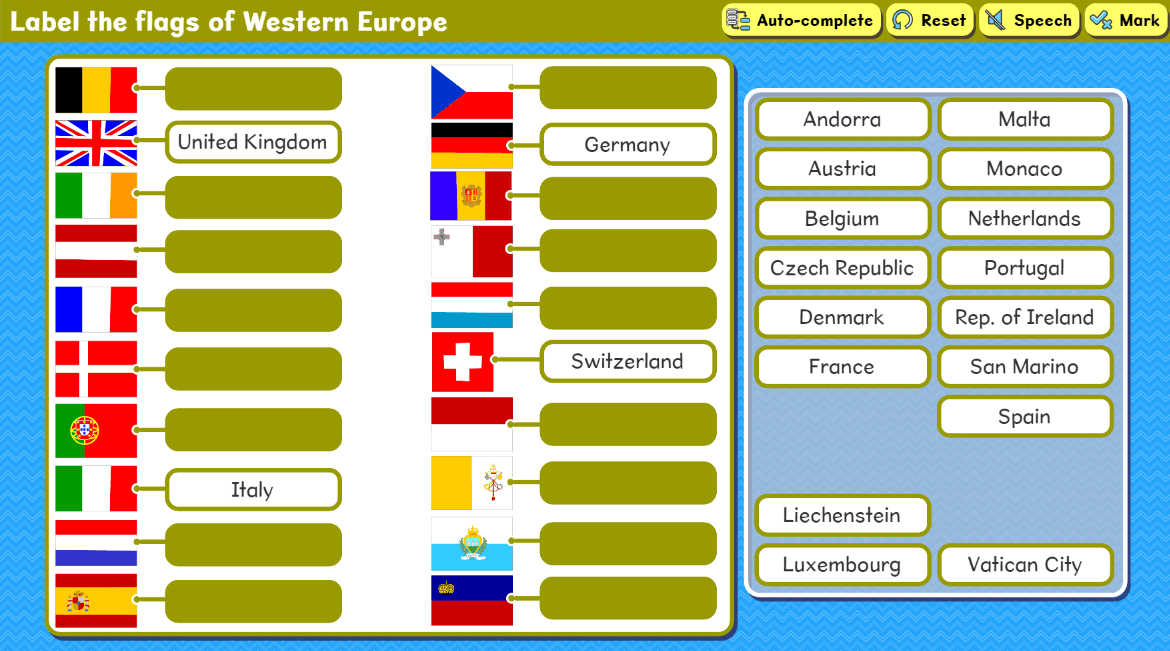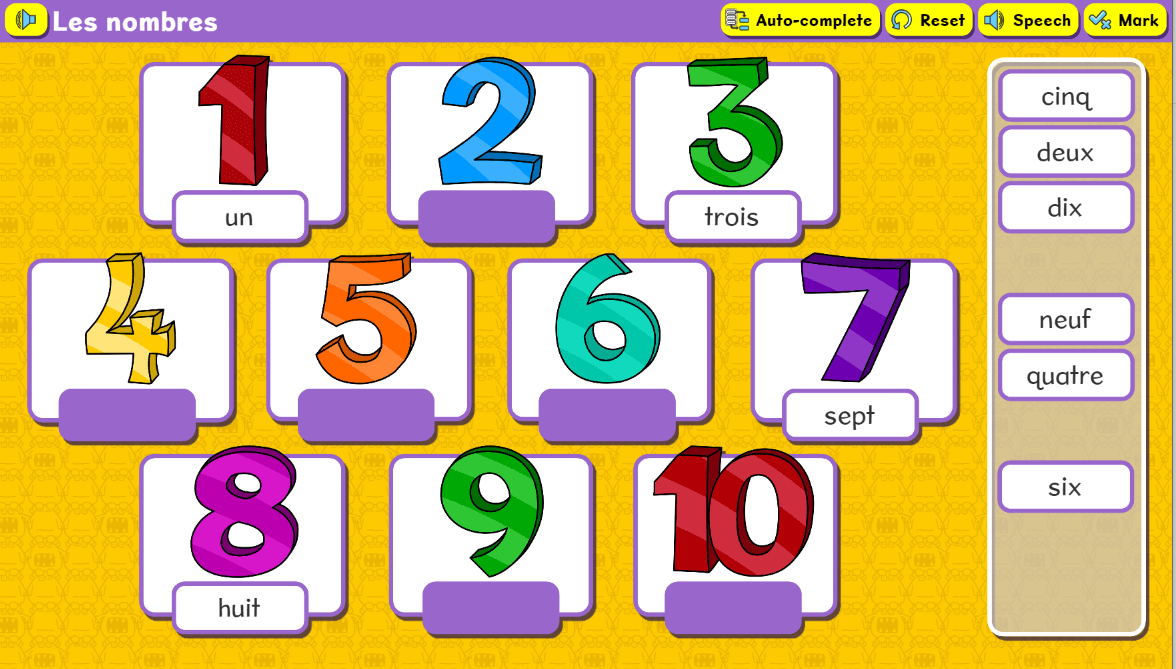European Day of Languages

European Day of Languages falls on 26th September every year and aims to both promote the different languages used throughout Europe and encourage us to learn some of them.
In this blog, we look at:
- Why we should celebrate European Day of Languages
- How to celebrate European Day of Languages
Why we should celebrate European Day of Languages
Being aware and having a grasp of different languages is important for us to be good global citizens. It will help us:
- Be understood
- Make new friends
- Travel, study, work and live abroad
- Understand different cultures
Even knowing a few words on holiday can help things run more smoothly and give you confidence. What’s more, it’s fun to try!
How to celebrate European Day of Languages
There are a vast number of ways to celebrate European Day of Languages. What you choose will invariably depend on your class and the parental support you have. Things to think about for each key stage would be:
- How many of your pupils speak a different language*?
- How many different languages are spoken by your pupils?
- How many of the parents of those pupils would be willing to come in and help?
*The languages spoken do not necessarily need to be European languages if children have language experiences from further afield.
Sharing language experiences
Sharing experiences and ideas is what languages are all about, so it should be no surprise that ‘sharing’ features as we talk about activities for European Day of Languages.
Early Years and Key Stage 1 children may like to bring in items from home from a range of different countries. Depending on the child, this could be an item from their favourite holiday or from a country that is linked to their families, but ideally it should be typical of the country it came from.
As a class, you can talk about each item and practise saying what it’s called in its country of origin.

You can also talk about where it came from, identifying the country using Busy Things’ European countries (advanced) activity.
Looks too busy? You can limit the countries you include within the Activity settings!
Finding the geography too complicated? We know some children are a whizz at flags, so perhaps identifying the country by its flag would work better for your class.

If that’s the case, we have activities to help here too in the form of our ‘Flags from Western Europe’ and ‘Flags from Eastern Europe’ activities.
Equally, if children know a particular song from a different country, they can share it with the class and perhaps even teach it to them! Food is also a great medium here and there are many foods, specific to different countries, i.e., French crêpes, Spanish paella, Italian cannoli, which are fabulous to share.
Learning a new language
French and Spanish are two languages, which are widely used across Europe. They are great first languages to explore, sharing the same alphabet, similar sounds and grammar as English.
Busy Things includes flashcards for teachers, as well as interactive activities for pupils to start out on their language-learning journey.

The Numbers 1-10 activities are great starting activities for both French and Spanish, familiarising the children with the sounds of the language, as well as the vocabulary itself.
Click the hyperlink here to play the Numbers 1-10 activity for French free!
From there, you can explore Numbers 11-20 and Multiples of 10.
Summary
We hope this blog has given you some ideas about what you could plan for European Day of Languages. It’s a fantastic day, which can bring your school community together, whilst having a lot of fun.
Want to see the Busy Things activities we’ve mentioned?
Within this blog, you’ll see we’ve linked in some of our activities, so that you can try them quickly, easily and at no cost. These are: ‘European countries (advanced)‘, Flags from Western Europe‘ and ‘Numbers 1-10’ in French.
If your school subscribes to Busy Things already, you’ll be able to access all the activities mentioned here by simply typing their titles into the Search feature.
If you don’t already subscribe but would like to see our activities, we’d love you to take out a free 28-day trial with us! Simply click here for this. You’re more than welcome to have a virtual tour via Zoom too. If you’d like one, contact us here and we’ll get it organised!